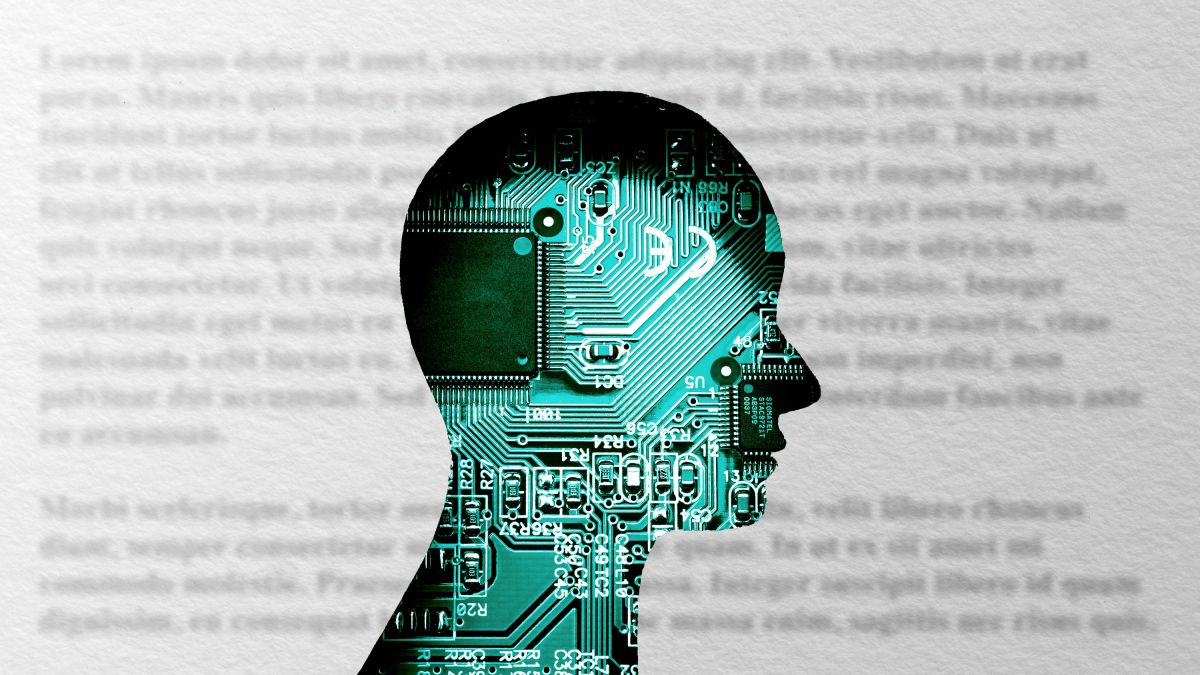Ai Detector Strategies and Solutions
Ai Detector Strategies and Solutions
Blog Article

How Does AI Content Detector Work?
Artificial Intelligence (AI) content detectors have become crucial tools as AI-generated text becomes increasingly indistinguishable from human-written content. These detectors employ a range of techniques and algorithms to differentiate between the two, ensuring authenticity and integrity in various fields such as academia, publishing, and online content creation. Understanding how these detectors work can provide insights into the evolving landscape of AI and its implications for content creation and verification. Visit aidetectionremover for more information.
The Foundation of AI Content Detection
AI content detectors work by analyzing the text to identify patterns, nuances, and characteristics typical of AI-generated content. These systems are built on machine learning algorithms that have been trained on vast datasets of both human and AI-written texts. By learning the differences in writing styles, structure, and other textual elements, these detectors can predict the likelihood of a piece of text being generated by an AI.
Key Techniques in AI Content Detection
Machine Learning Models
The core of most AI content detectors is a machine learning model that has been trained to recognize the distinctions between AI-generated and human-generated text. These models use features such as sentence structure, word choice, grammar, and syntax variances to make their assessments.
Natural Language Processing (NLP)
NLP techniques are employed to understand and analyze the text at a deeper level. This includes parsing the text for semantic coherence, stylistic consistency, and logical flow. NLP helps in identifying unnatural patterns that are often present in AI-generated content but might be overlooked by a human reader.
Statistical Analysis
Statistical analysis is another tool used by AI detectors. This involves examining the frequency and distribution of words and phrases, sentence lengths, and grammatical structures. AI-generated texts often exhibit certain statistical anomalies compared to human-written texts, such as a more uniform distribution of word usage or sentence complexity.
Contextual and Cultural Understanding
Some of the more advanced detectors also attempt to evaluate the text's contextual understanding and cultural nuances. AI models, regardless of their sophistication, can sometimes miss subtle cultural references or contextual cues that a human writer would naturally include. Detectors analyze the text for these nuances to help identify AI-generated content.
Challenges and Limitations
Despite their advancements, AI content detectors face challenges, including the rapid evolution of AI writing technologies. As AI models become more sophisticated, they learn to mimic human writing styles more closely, making detection more difficult. Additionally, these detectors may struggle with false positives or negatives, especially when analyzing texts on topics with limited available training data or those that require deep, specialized knowledge.
The Future of AI Content Detection
The future development of AI content detectors involves improving their accuracy, reducing false positives, and adapting to the evolving capabilities of AI writing tools. This includes incorporating more advanced machine learning models, expanding training datasets to cover a broader range of writing styles and topics, and enhancing their ability to understand context and cultural nuances.
Conclusion
AI content detectors play a critical role in maintaining the authenticity and integrity of written content across various platforms. By leveraging machine learning, NLP, and statistical analysis, these tools can distinguish between human and AI-generated texts. However, as AI writing technologies continue to evolve, so too must the strategies and technologies behind AI content detection, ensuring they remain effective in identifying AI-generated content in an ever-changing digital landscape.
Report this page